Your business is under pressure to reduce plastic waste. But you worry that paper alternatives for soups and salads will leak, creating a mess and disappointing your customers.
Paper bowls directly replace plastic containers, use innovative eco-friendly coatings like PLA, can be fully composted to reduce landfill waste, and provide a great surface for branding your green commitment.
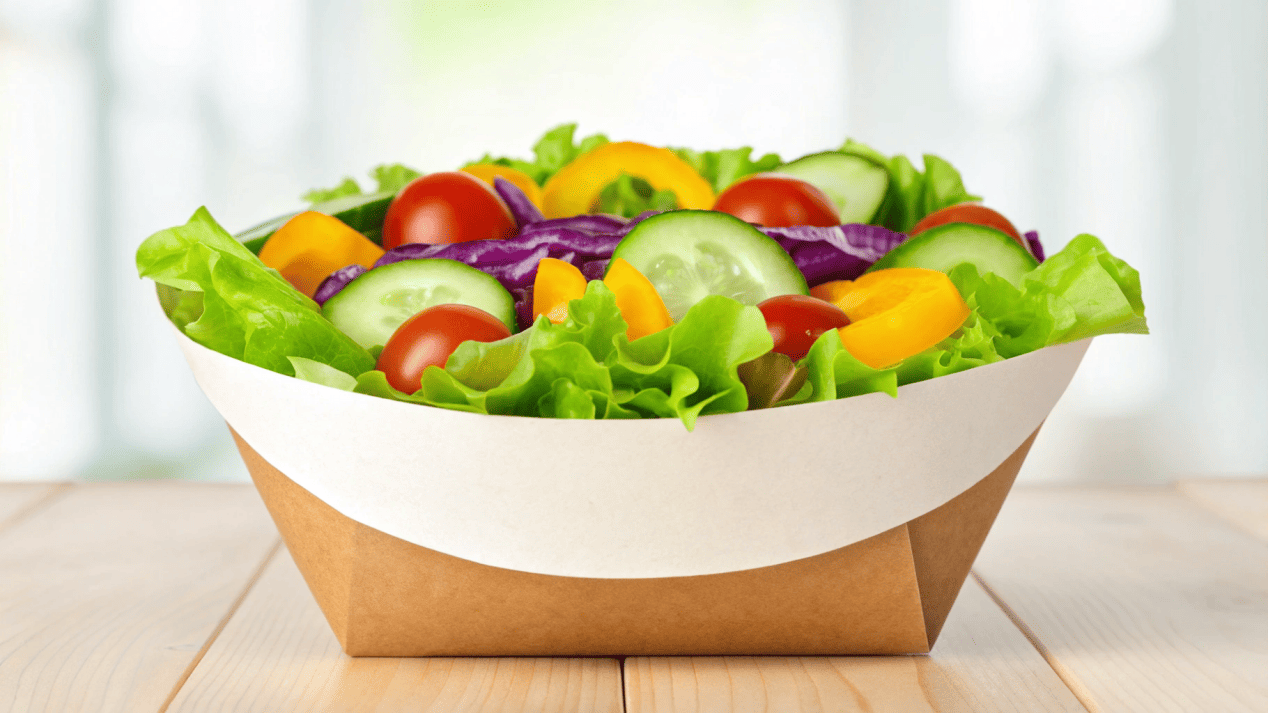
I recently helped a client who runs a chain of very popular soup restaurants. He was using traditional plastic bowls and felt terrible about the amount of waste he was creating. But his biggest fear was leakage. "Jonh," he said, "if one of my chowders leaks through a paper bowl onto a customer's car seat, my reputation is ruined." He thought paper was weak. I showed him how our modern paper bowls are engineered with strong, multi-layered paperboard designed specifically for hot liquids. He made the switch, and not only has he had zero leaks, but his customers are now praising him for being more environmentally friendly.
Are Paper Bowls Strong Enough to Replace Plastic Containers?
You serve hot soups and heavy stews. The fear of a paper bowl getting soggy and weak is real, and the potential for a disastrous leak keeps you sticking with plastic.
Yes, absolutely. High-quality paper bowls are made from thick, robust paperboard from renewable resources. They are specifically engineered to hold hot liquids and heavy foods without leaking or softening.
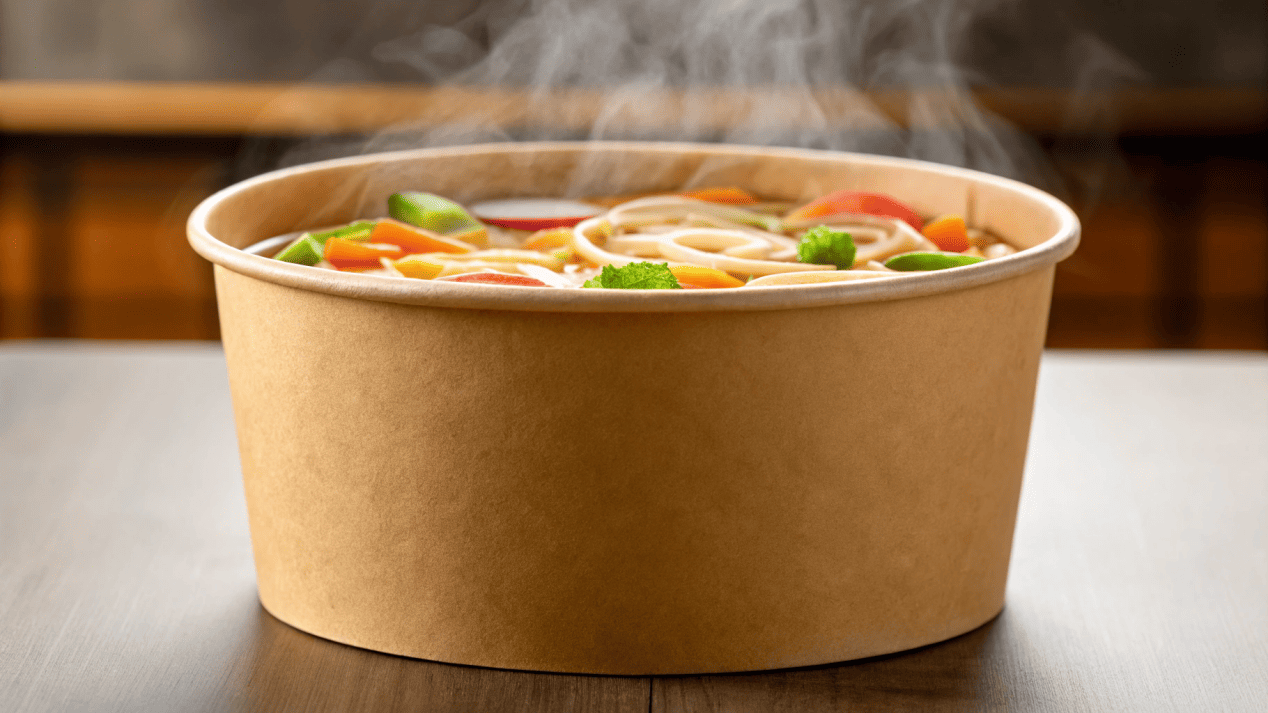
The idea of paper getting weak when wet is something we all learned as kids. But the paper used for food bowls is a completely different material. It's not just paper; it's a piece of engineering. The first major difference is the source. Our bowls are made from natural wood fibers sourced from responsibly managed forests, which are a renewable resource. Plastic, on the other hand, comes from non-renewable fossil fuels.
Engineered for Performance
Most importantly, our paper bowls are built for strength. We use a thick, multi-layered paperboard that provides incredible structural integrity. When you hold one, you can feel how sturdy it is. It's designed to handle the weight and heat of everything from a hearty beef stew to a creamy clam chowder. The seams are tightly sealed to prevent any leaks. This allows modern food businesses to confidently switch from single-use plastics to a sustainable alternative without sacrificing performance. It's the best of both worlds: good for the planet and reliable for your customers.
Doesn't a Coating Just Mean More Hidden Plastic?
You want to make a truly eco-friendly choice. But when you hear "coated paper," you suspect it might just be greenwashing, with a hidden layer of plastic that can't be recycled.
Not anymore. Modern factories offer truly eco-friendly coatings like compostable PLA and recyclable water-based barriers. These provide waterproofing without the petroleum-based plastic, aligning with your sustainability goals.
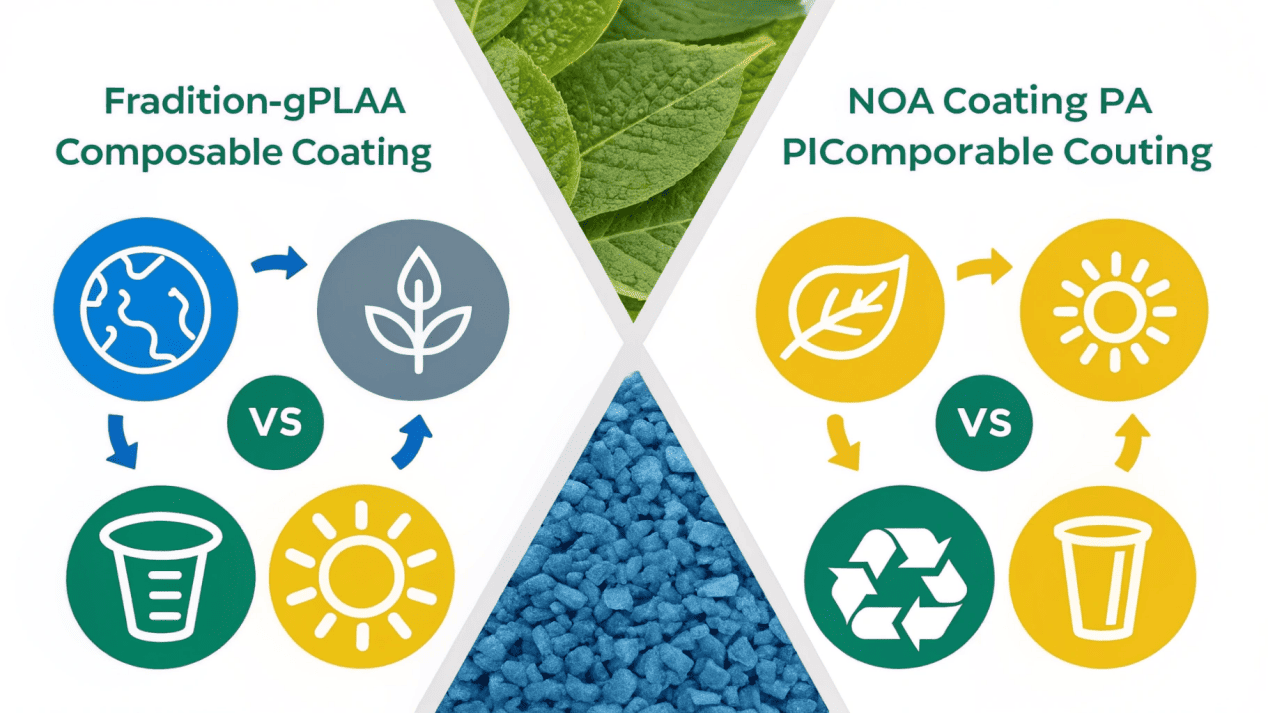
This is a very smart question to ask, and it shows you are serious about sustainability. In the past, the standard coating was Polyethylene (PE), which is a plastic. While effective, it made recycling difficult. But technology has moved forward, and as a manufacturer, it’s my job to offer my clients better, greener options. We now have several advanced coatings that provide excellent moisture and grease resistance without using traditional plastic.
Choosing Your Green Barrier
Helping clients navigate these choices is a key part of my job. The right choice depends on your local recycling and composting facilities. Here is a simple breakdown:
| Coating Type | Made From | End-of-Life | Best Feature |
|---|---|---|---|
| PLA (Polylactic Acid) | Corn Starch | Commercially Compostable | Plant-based and biodegradable. |
| Water-Based Coating | Aqueous liquid | Recyclable with Paper | Allows the bowl to be recycled in standard paper streams. |
| PE (Polyethylene) | Petroleum | Landfill | The traditional, reliable standard for moisture-proofing. |
These options allow you to choose packaging that is not only functional but also avoids petroleum-based plastics. It’s a genuine step away from plastic, not just hidden plastic in disguise.
What Happens to a Paper Bowl After It's Used?
You see trash cans overflowing with plastic containers. You know they will sit in a landfill for centuries, and you want a better solution for your business's waste.
Unlike plastic, paper bowls can have a circular life. Coated with PLA, they can be composted in an industrial facility, breaking down into healthy soil in just a few months.
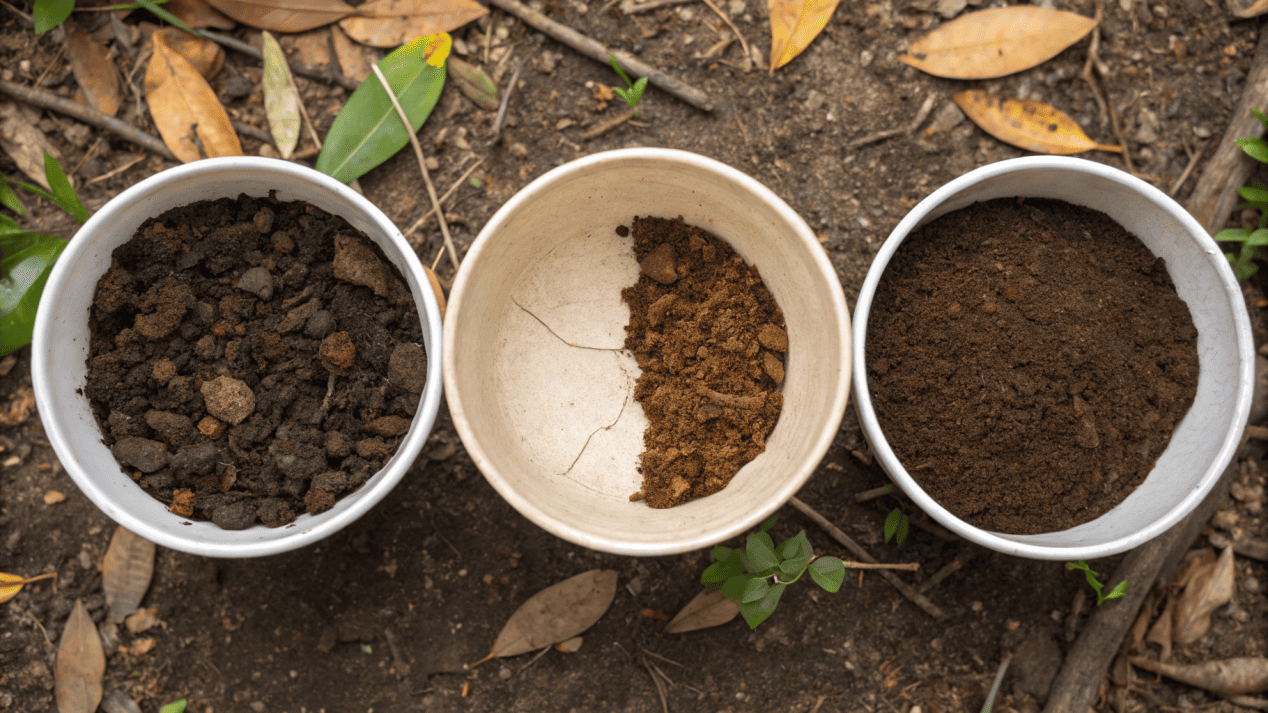
The end-of-life story is where paper bowls truly shine compared to plastic. A plastic container's story ends in a landfill, where it can sit for 500 years or more, slowly breaking into harmful microplastics. A paper bowl, especially one coated with PLA, has a much better ending. It can become part of a circular economy.
From Your Customer to the Compost Bin
Under the right conditions of an industrial composting facility, these paper bowls break down completely. They don't just disappear; they transform. Microorganisms digest the paper fibers and the PLA coating, turning them into nutrient-rich compost or soil. This entire process can take as little as 60 to 120 days. This is why many manufacturers, including us, adhere to strict international compostability standards like EN 13432. The bowl is used, composted, and then helps grow new plants. It’s a responsible cycle that drastically reduces landfill waste and returns resources to the earth.
Can Switching to Paper Bowls Actually Improve Your Brand?
You know being eco-friendly is the right thing to do. But you also need to run a successful business. Can changing your packaging actually help attract and keep more customers?
Yes, it's a powerful marketing tool. Using paper bowls clearly shows your commitment to sustainability, which attracts a growing number of eco-conscious consumers and builds powerful brand loyalty.
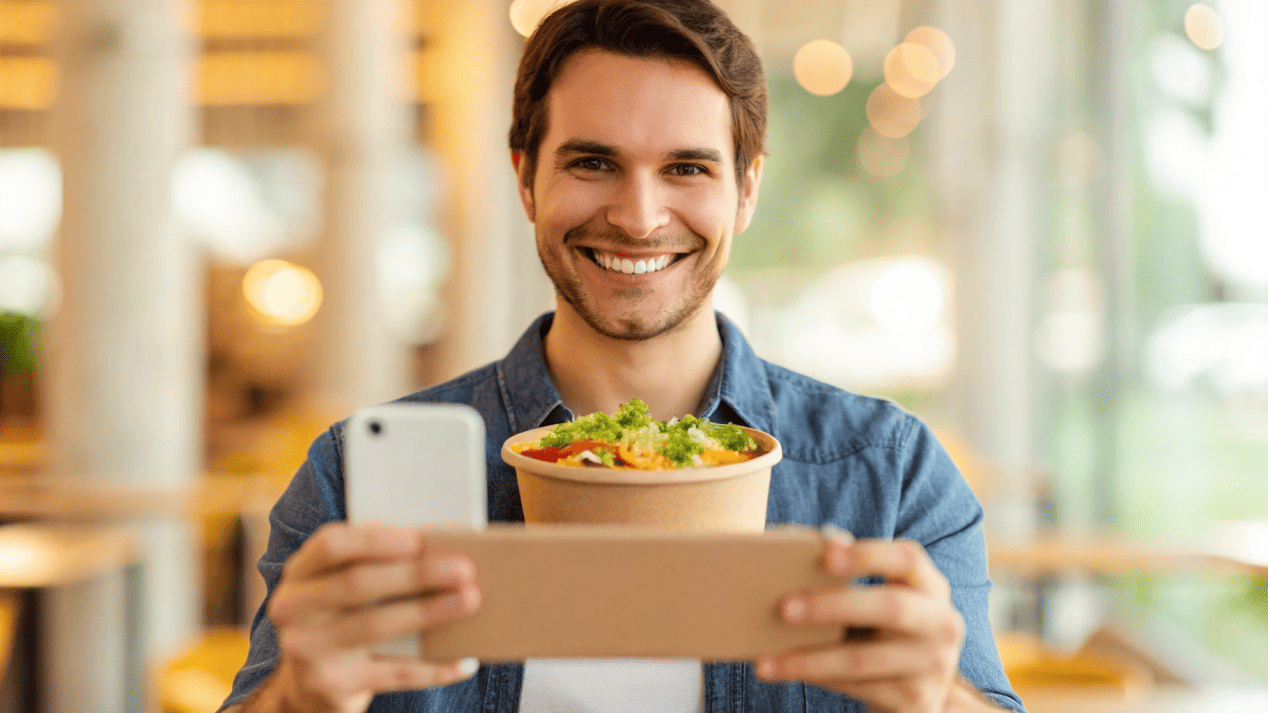
Your packaging is one of the most direct ways you communicate with your customers. It’s a physical object that represents your brand's values. When you hand a customer a sturdy, beautifully printed paper bowl, you are sending a very clear message: "We care about quality, and we care about the environment." This is not a small thing. Studies show that a majority of consumers around the world are now willing to change their buying habits to reduce their environmental impact. They are actively looking for brands that align with their values.
Your Bowl is Your Billboard
By switching to paper bowls, you are meeting this growing demand. You are showing them, not just telling them, that you are part of the solution. Furthermore, the smooth surface of high-quality paperboard is a perfect canvas for your brand. We can print your logo, your story, or your environmental message in crisp, clear detail. This turns every bowl you sell into a mini-billboard. It enhances your brand image, builds customer loyalty, and helps you stand out in a very crowded market.
Conclusion
Switching to paper bowls reduces plastic waste, supports a circular economy, and sends a powerful message to your customers that you care about the planet and their experience.
